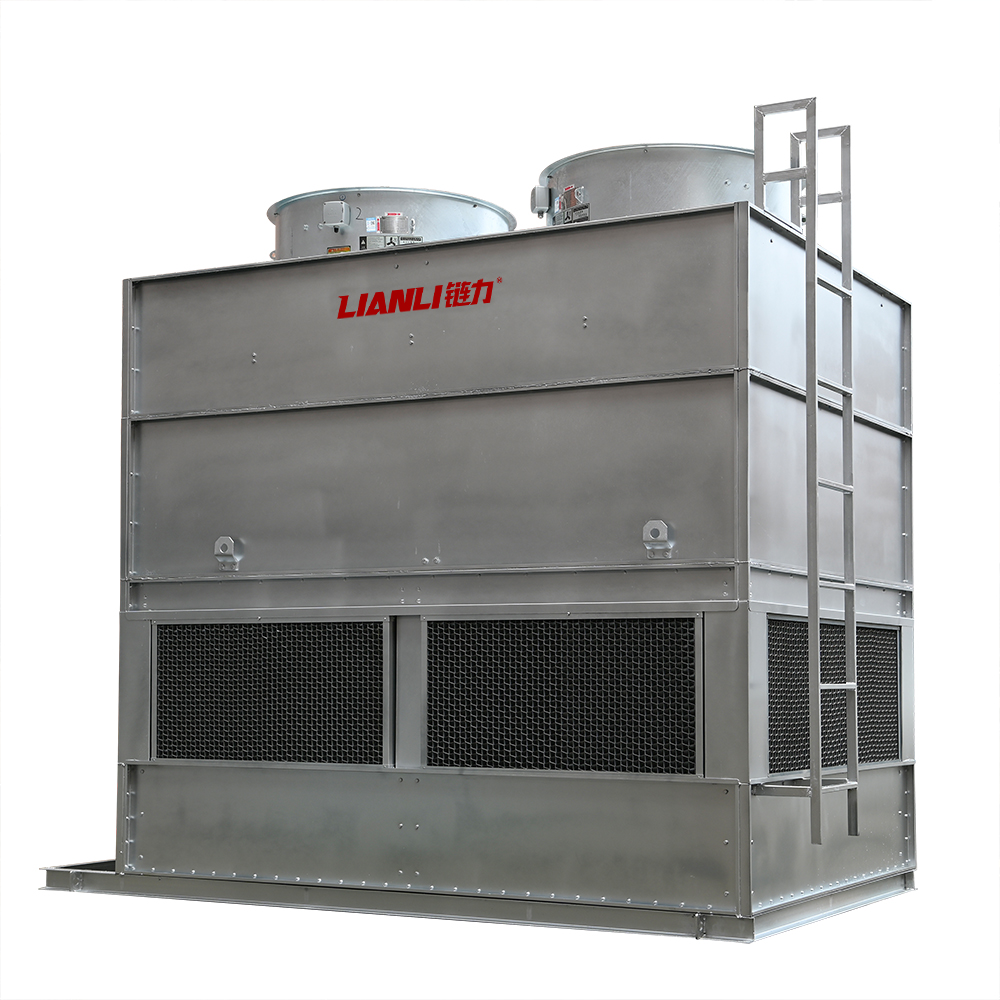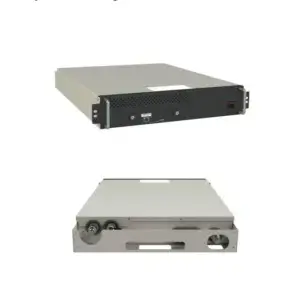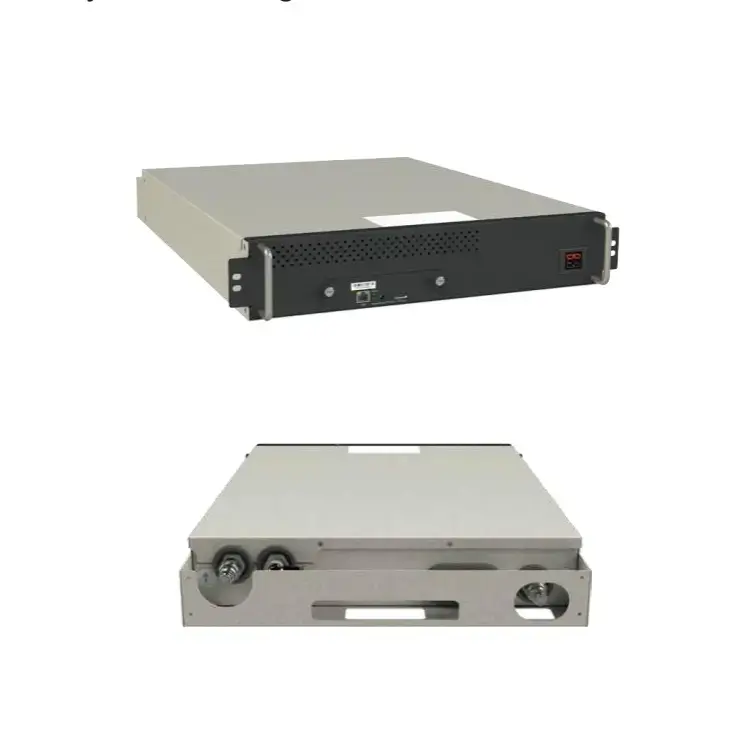Miner S19 Pro+ Hyd.: The Role of Water Cooling in Mining Hardware .Innovation
The cryptocurrency mining landscape is perpetually driven by the pursuit of higher efficiency and lower operational costs. As mining algorithms become more complex and network difficulty increases, the demand for powerful, yet energy-efficient and reliable hardware has never been greater. Among the latest advancements, the Miner S19 Pro+ Hyd. stands out as a significant leap forward, primarily due to its innovative water cooling technology. This article explores how water cooling is reshaping mining hardware, using the S19 Pro+ Hyd. as a prime example.
Understanding the Heat Challenge in Mining
Cryptocurrency mining, particularly Bitcoin mining using the SHA-256 algorithm, is an intensely computational task. Miners like the S19 Pro+ Hyd. are packed with high-performance ASIC (Application-Specific Integrated Circuit) chips designed to solve complex mathematical problems. This process generates immense heat. Traditional air-cooled miners rely on powerful fans to dissipate this heat, but this approach has limitations:
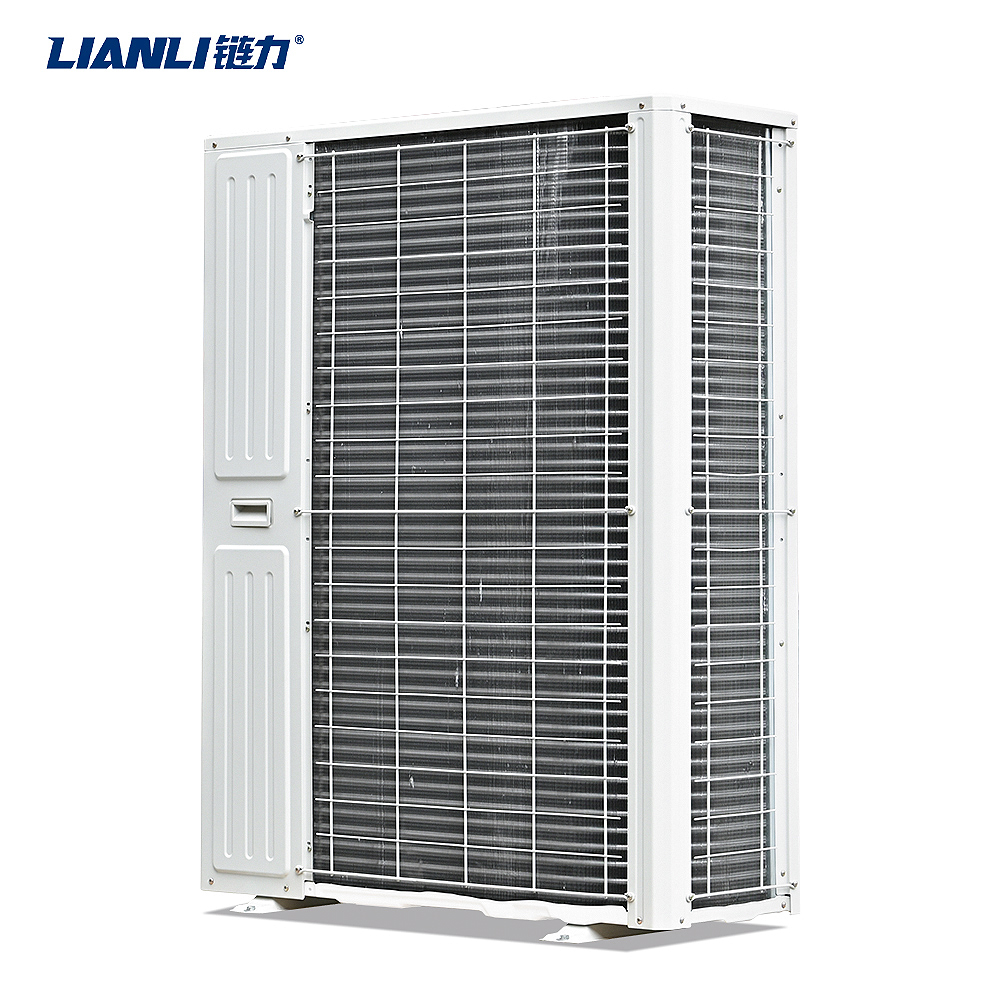
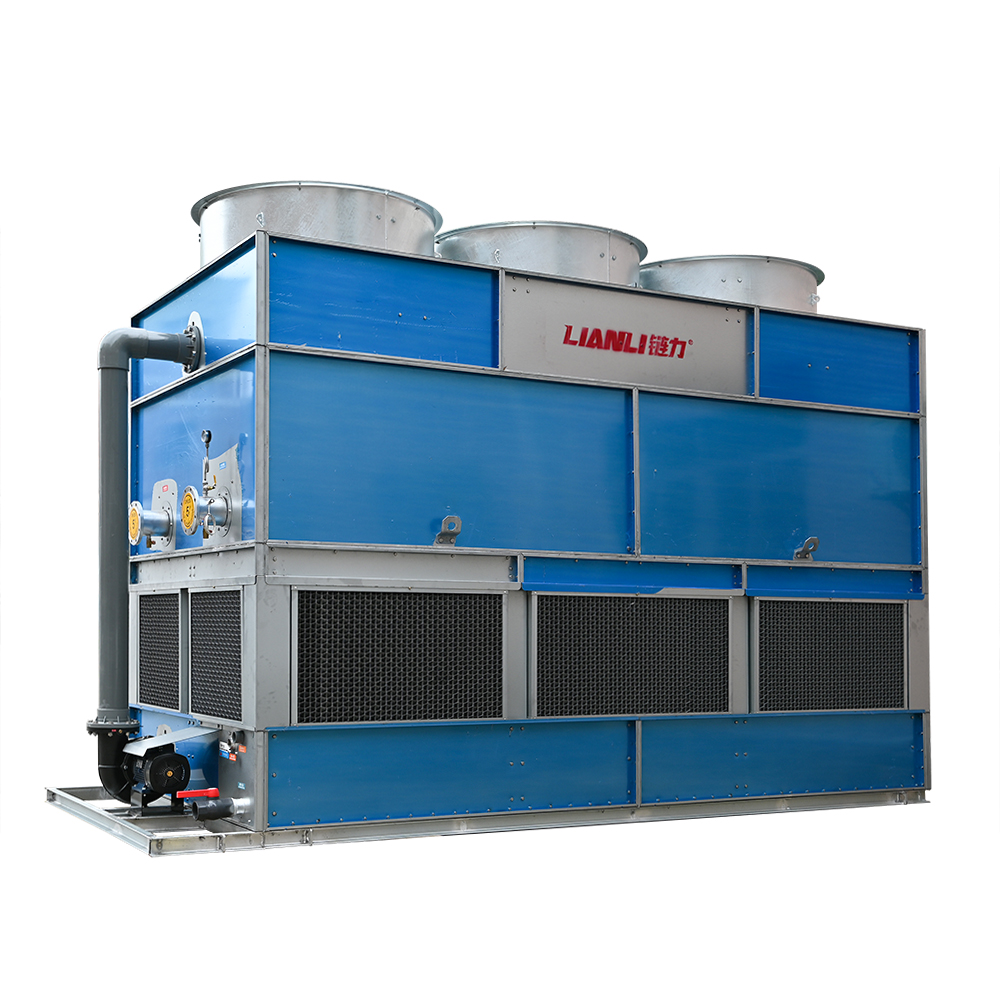
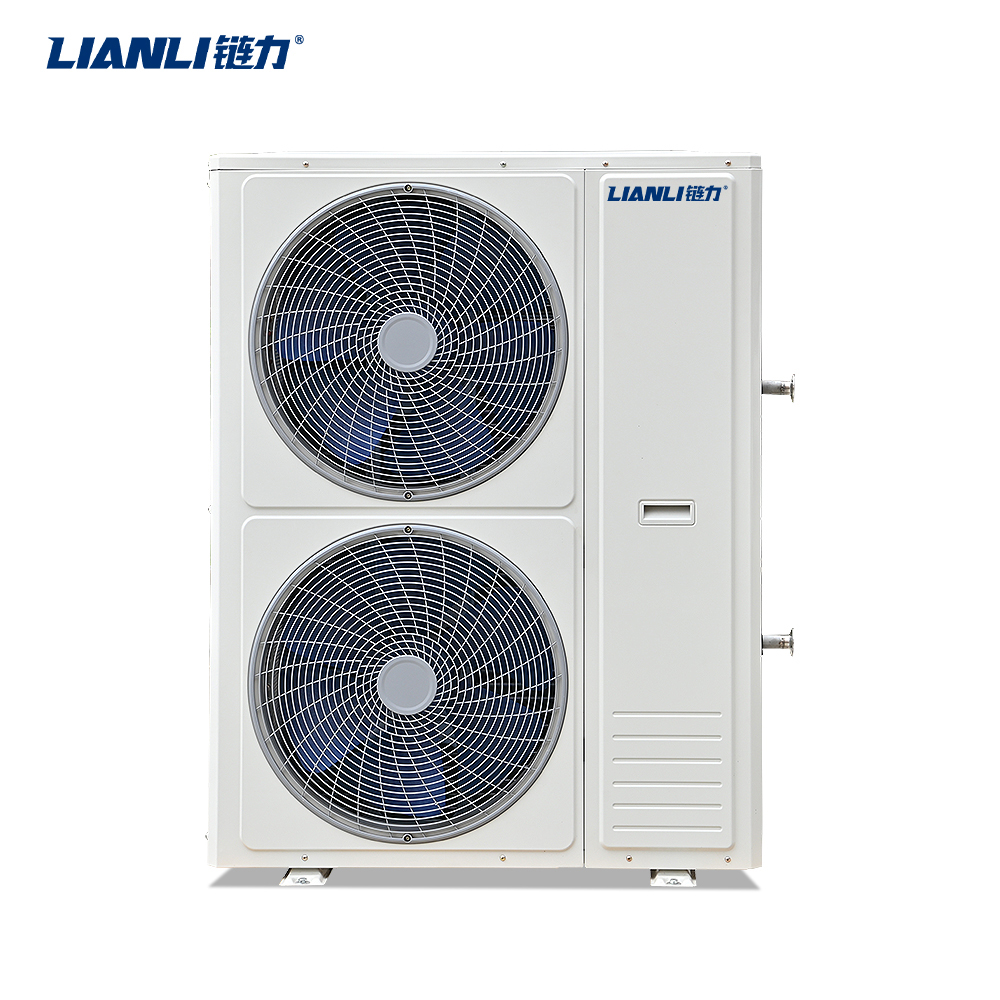 The success of the Miner S19 Pro+ Hyd. highlights a broader trend in mining hardware innovation. As power densities continue to increase with each generation of ASIC chips, traditional air cooling is reaching its limits. Water cooling, and potentially other advanced cooling methods like immersion cooling, represent the future for managing the extreme thermal loads of next-generation miners.
While water-cooled miners like the S19 Pro+ Hyd. may have a higher initial cost and require more complex setup (plumbing, coolant maintenance), the benefits in terms of noise reduction, efficiency, stability, and longevity are compelling. They represent a significant step towards making mining operations more sustainable, quieter, and suitable for a wider range of environments.
Conclusion
The Miner S19 Pro+ Hyd. is not just another incremental upgrade; it’s a testament to the transformative role of water cooling in advancing mining technology. By effectively tackling the critical challenge of heat dissipation, water cooling enables miners to achieve higher performance, greater efficiency, and quieter operation. As the industry evolves, the integration of advanced cooling solutions like those seen in the S19 Pro+ Hyd. will likely become the standard, pushing the boundaries of what’s possible in cryptocurrency mining hardware.
The success of the Miner S19 Pro+ Hyd. highlights a broader trend in mining hardware innovation. As power densities continue to increase with each generation of ASIC chips, traditional air cooling is reaching its limits. Water cooling, and potentially other advanced cooling methods like immersion cooling, represent the future for managing the extreme thermal loads of next-generation miners.
While water-cooled miners like the S19 Pro+ Hyd. may have a higher initial cost and require more complex setup (plumbing, coolant maintenance), the benefits in terms of noise reduction, efficiency, stability, and longevity are compelling. They represent a significant step towards making mining operations more sustainable, quieter, and suitable for a wider range of environments.
Conclusion
The Miner S19 Pro+ Hyd. is not just another incremental upgrade; it’s a testament to the transformative role of water cooling in advancing mining technology. By effectively tackling the critical challenge of heat dissipation, water cooling enables miners to achieve higher performance, greater efficiency, and quieter operation. As the industry evolves, the integration of advanced cooling solutions like those seen in the S19 Pro+ Hyd. will likely become the standard, pushing the boundaries of what’s possible in cryptocurrency mining hardware.
- Noise: High-speed fans create significant noise pollution, often exceeding 75 dB, making them unsuitable for residential or noise-sensitive environments.
- Dust Accumulation: Fans draw in air, along with dust and debris, which can clog heatsinks and reduce cooling efficiency over time, requiring frequent maintenance.
- Temperature Fluctuations: Air cooling is less effective in maintaining consistent chip temperatures, especially in warmer ambient environments, potentially impacting stability and longevity.
- Energy Inefficiency: A portion of the total power draw is consumed solely by the cooling fans, reducing the overall energy efficiency (measured in J/TH) of the miner.
- Superior Heat Transfer: Water has a much higher specific heat capacity than air, meaning it can absorb and carry away heat far more effectively. The S19 Pro+ Hyd. utilizes a closed-loop system where coolant circulates through cold plates directly attached to the ASIC chips. This direct contact allows for rapid and efficient heat extraction.
- Drastic Noise Reduction: By eliminating the need for high-RPM fans, the S19 Pro+ Hyd. operates almost silently. The only sound typically comes from a low-noise pump circulating the coolant, reducing noise levels to below 40 dB – comparable to a quiet library. This opens up mining possibilities in previously inaccessible locations.
- Enhanced Stability and Longevity: Water cooling maintains the ASIC chips at a much more stable and lower temperature compared to air cooling. This thermal stability reduces thermal stress on components, potentially extending the hardware’s lifespan and improving overall reliability.
- Improved Energy Efficiency: With more effective heat removal, the ASIC chips can potentially operate at higher frequencies or with lower voltage for the same performance, optimizing the power-to-hash ratio. Furthermore, the energy consumed by the cooling system itself (the pump) is significantly less than that used by multiple high-power fans.
- Reduced Dust Intake: A sealed water cooling system minimizes the intake of dust and contaminants, leading to less maintenance and sustained performance over time.


 The success of the Miner S19 Pro+ Hyd. highlights a broader trend in mining hardware innovation. As power densities continue to increase with each generation of ASIC chips, traditional air cooling is reaching its limits. Water cooling, and potentially other advanced cooling methods like immersion cooling, represent the future for managing the extreme thermal loads of next-generation miners.
While water-cooled miners like the S19 Pro+ Hyd. may have a higher initial cost and require more complex setup (plumbing, coolant maintenance), the benefits in terms of noise reduction, efficiency, stability, and longevity are compelling. They represent a significant step towards making mining operations more sustainable, quieter, and suitable for a wider range of environments.
Conclusion
The Miner S19 Pro+ Hyd. is not just another incremental upgrade; it’s a testament to the transformative role of water cooling in advancing mining technology. By effectively tackling the critical challenge of heat dissipation, water cooling enables miners to achieve higher performance, greater efficiency, and quieter operation. As the industry evolves, the integration of advanced cooling solutions like those seen in the S19 Pro+ Hyd. will likely become the standard, pushing the boundaries of what’s possible in cryptocurrency mining hardware.
The success of the Miner S19 Pro+ Hyd. highlights a broader trend in mining hardware innovation. As power densities continue to increase with each generation of ASIC chips, traditional air cooling is reaching its limits. Water cooling, and potentially other advanced cooling methods like immersion cooling, represent the future for managing the extreme thermal loads of next-generation miners.
While water-cooled miners like the S19 Pro+ Hyd. may have a higher initial cost and require more complex setup (plumbing, coolant maintenance), the benefits in terms of noise reduction, efficiency, stability, and longevity are compelling. They represent a significant step towards making mining operations more sustainable, quieter, and suitable for a wider range of environments.
Conclusion
The Miner S19 Pro+ Hyd. is not just another incremental upgrade; it’s a testament to the transformative role of water cooling in advancing mining technology. By effectively tackling the critical challenge of heat dissipation, water cooling enables miners to achieve higher performance, greater efficiency, and quieter operation. As the industry evolves, the integration of advanced cooling solutions like those seen in the S19 Pro+ Hyd. will likely become the standard, pushing the boundaries of what’s possible in cryptocurrency mining hardware. 